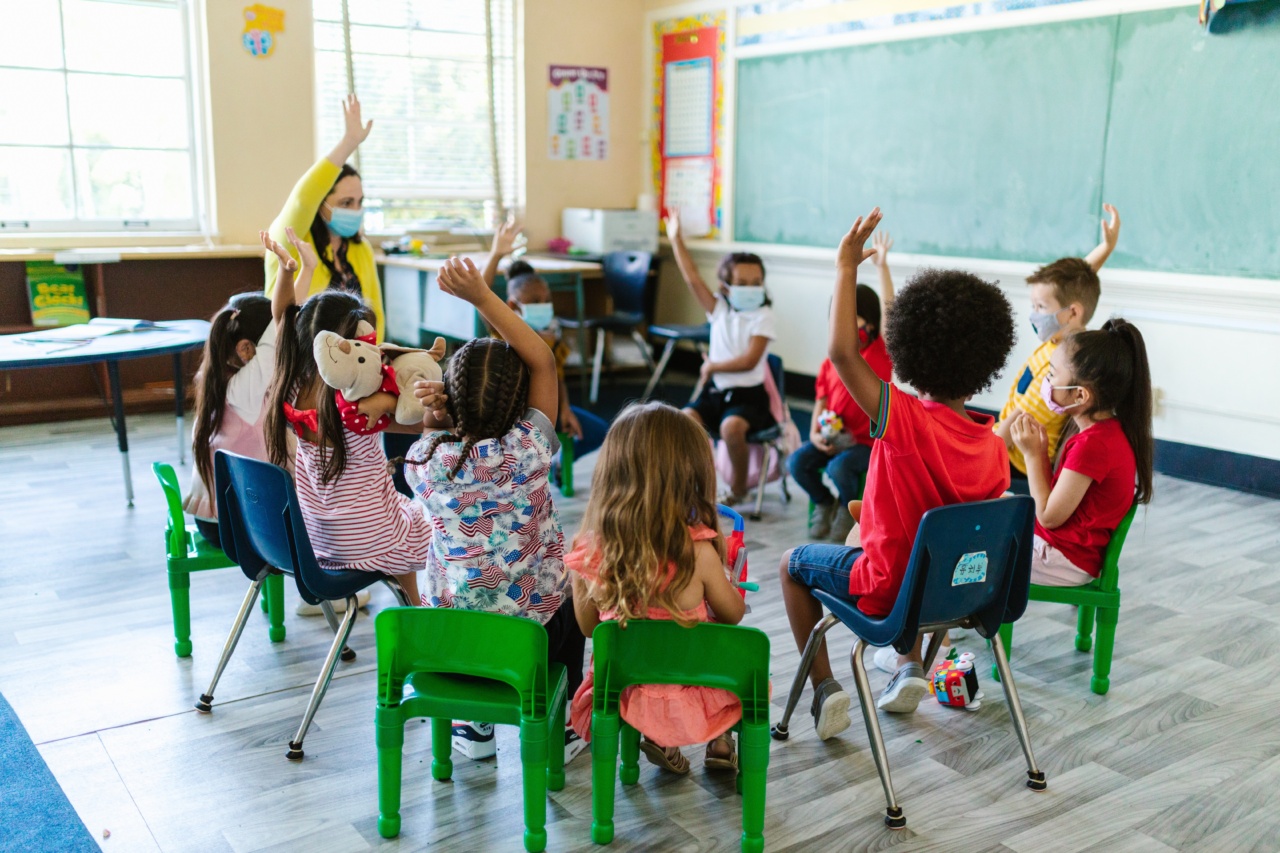While both boys and girls face their own set of challenges in school, girls tend to face certain unique challenges that require attention. Here are some of the challenges that girls face in school, along with potential solutions:.
1. Limited access to STEM fields
In many schools, girls are not encouraged to pursue STEM (science, technology, engineering, and math) fields.
This can be due to a lack of female role models in these fields, as well as pervasive societal norms that tend to view women as less competent in technical fields. The result is that girls often feel unprepared or discouraged from pursuing STEM careers.
Solution: Provide more female role models in STEM fields, and create programs that focus on engaging girls in STEM education.
Encourage girls to take STEM classes and provide additional support and resources for those who show an interest in these fields.
2. Limited access to sports and physical activity
Girls are often encouraged to focus more on their appearance rather than their physical abilities. This can lead to a lack of physical activity and a limited access to sports programs at school.
In addition, girls may feel discouraged from participating in sports due to fear of judgment or stigmatization.
Solution: Encourage and support girls to participate in sports and physical activity. Create programs that focus on building girls’ self-esteem, confidence, and physical abilities.
3. Societal expectations
Girls are often subjected to societal expectations that can limit their academic and personal development. Society often teaches girls that they should be quiet, submissive, and focused on their appearance rather than their education.
This can lead to a lack of confidence and a reluctance to speak up in class or take on leadership roles.
Solution: Encourage girls to challenge gender stereotypes and embrace their unique abilities and interests. Provide programs that teach girls leadership skills, self-esteem, and confidence-building techniques.
4. Lack of female representation in leadership roles
In many schools, there is a lack of female representation in leadership roles, such as teachers, administrators, and school board members. This can lead to a lack of female role models and a lack of support for girls in these positions.
Solution: Encourage more women to pursue leadership roles in schools and provide support and resources for those who do. Create mentorship programs that pair girls with female leaders in schools.
5. Sexual harassment and assault
Girls are often subject to sexual harassment and assault in school, which can lead to a lack of safety and a reluctance to attend school. This can also lead to long-term mental health issues, such as anxiety and depression.
Solution: Create programs that educate students on sexual harassment and assault, and provide resources for those who experience these forms of violence. Encourage schools to have a zero-tolerance policy for sexual harassment and assault.
6. Lack of menstruation products in schools
Girls who menstruate often do not have access to appropriate menstruation products in schools, which can lead to feelings of shame and embarrassment. This can also lead to missed school days and a lack of participation in extracurricular activities.
Solution: Provide free menstruation products in schools, such as tampons and pads. Encourage schools to have these products available in restrooms.
7. Unequal pay and job opportunities
Girls often face unequal pay and job opportunities compared to their male counterparts. This can lead to a lack of motivation and a sense of hopelessness about their future.
Solution: Educate girls on their right to equal pay and job opportunities. Encourage girls to pursue their passions and provide support and resources for those who do.
8. Balancing academic and family responsibilities
Girls often have to balance their academic responsibilities with family responsibilities, such as caring for siblings or elderly relatives. This can lead to stress and a lack of time for self-care and personal development.
Solution: Provide support and resources for girls who have family responsibilities, such as parent-teacher conferences at convenient times or after-school programs that provide safe and productive spaces for children.
9. Lack of representation in history and literature
Girls often do not see themselves represented in history and literature curriculums, which can lead to a lack of motivation and a sense of inferiority.
Solution: Encourage schools to incorporate diverse literature into their curriculums, including works written by women and about women. Provide lessons on women’s contributions to history and society.
10. Cyberbullying and social media pressure
Girls are often subject to cyberbullying and pressure to conform to social media standards, such as posting pictures or videos that garner more “likes.” This can lead to a lack of self-esteem and a sense of inadequacy.
Solution: Provide programs that educate students on responsible social media use and the dangers of cyberbullying. Encourage girls to use social media in a positive and empowering way.































